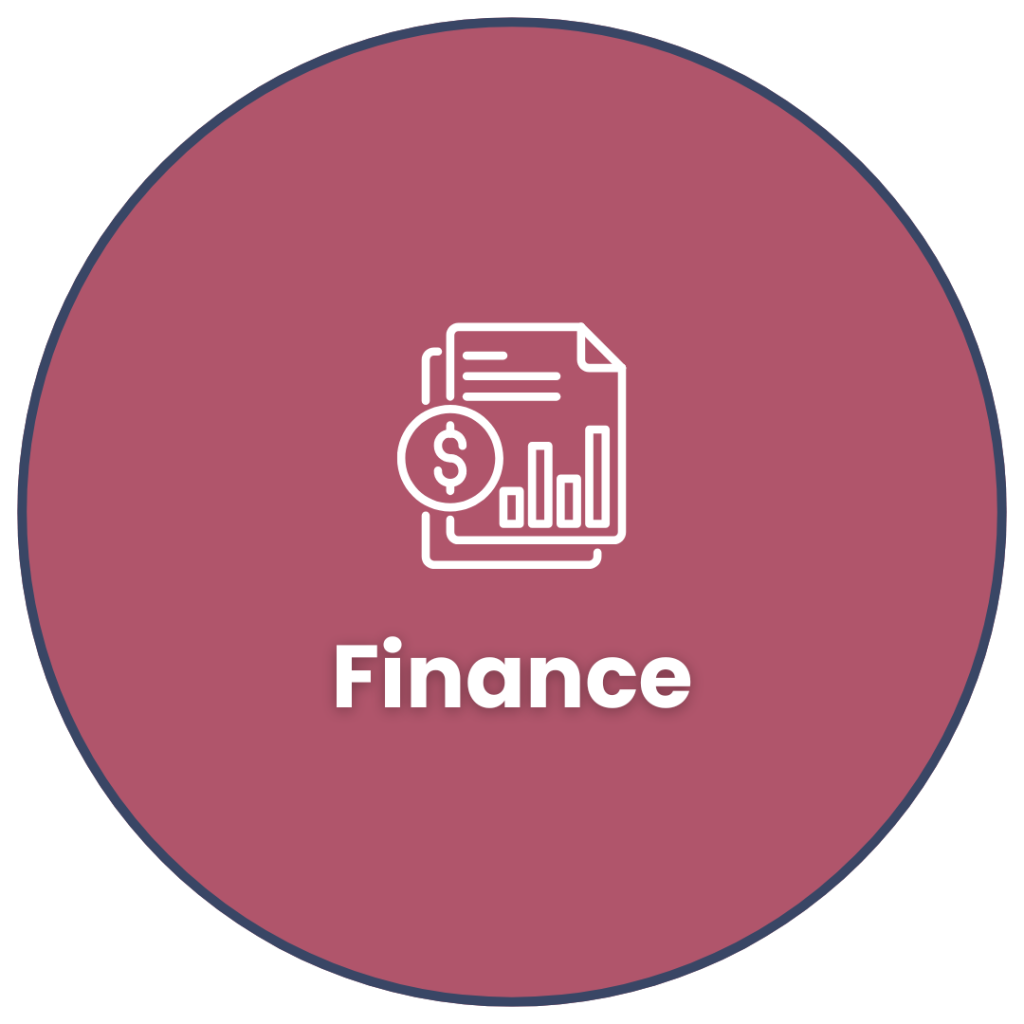The KPIs followed by high-level CIOs
Objective: Increase the operational efficiency of your IT department by 15%.
That’s the directive given by your executive board. But what does it really mean?
Unlike a sales department, where revenue serves as a single guiding metric, the performance of an IT department is multifactorial, complex… and sometimes contradictory.
Today, the CIO must respond to five simultaneous demands:
- Be a good manager: control costs, structure the budget, and implement clear analytical accounting.
- Be a rigorous project leader: deliver on time, without budget or scope overruns.
- Guarantee flawless service quality: no blocking incidents and high user satisfaction.
- Drive innovation, especially with AI, and offer transformative solutions.
- Ensure cybersecurity, amid constant threats and increasingly strict regulations.
So how do you steer the performance of a modern IT department? Which indicators should you rely on to manage and prioritize?
At Hubadviser, we’ve compiled a list of the most useful KPIs to monitor IT performance across these five strategic dimensions :





Discover how to build a readable, value-oriented IT dashboard a tool designed to support decision-making and drive productive dialogue with the executive committee.
Financial KPIs : Demonstrating Rigor and Control
1. IT Budget (% of Revenue)
Excellent for contextualizing IT effort within overall company strategy.
Tip : Compare to industry benchmarks (e.g., 3–5% in banking, 1–3% in manufacturing).
2. Opex / Capex Split
- Very useful for balancing operations and innovation.
Tip : Add industry targets (e.g., 70/30 in mature companies, 50/50 in IT departments undergoing transformation).
3. Forecast vs. Actual Budget Deviation
Essential for credibility with the finance team.
Tip : Also track budget volatility (e.g., number of out-of-budget requests).
4. Run / Grow / Transform Split
Helps visualize how IT resources are allocated between maintenance and innovation.
Tip : If “Run” exceeds 70%, it may signal a lack of agility.
5. TCO per Application
Key to rationalizing the application portfolio.
Tip : Cross-analyze with business value (e.g., cost vs. actual usage).
6. % of IT Cost Recharged (Showback/Chargeback)
Excellent KPI of financial maturity.
Tip : If under 50%, it could indicate a lack of transparency.
7. Average IT Spend per User
Measures average IT spending per active user.
Tip : If this cost increases without corresponding gains in quality or service scope, it could point to inefficiencies or redundancies. Also track cost per service.
Project KPIs : Managing Transformation
1. % of Projects Delivered On Time
Fundamental for business trust and IT credibility.
Tip : Segment by project type (Agile vs. Waterfall).
Add tolerance (e.g., “85% of projects delivered within ±10% of initial timeline”).Benchmark : ≥80% in mature sectors (banking, insurance).
2. % of Projects On Budget
Shows financial discipline and solid project management.
Tip :
Measure average variance (e.g., “Average overrun = +5% of initial budget”).
Identify recurring causes (e.g., scope creep, poor initial estimates).
3. Average Project Completion Rate
- Provides an overall view of portfolio execution capacity.
- Tip :
- Add failure/cancellation rate (e.g., “5% of projects canceled due to strategic pivot”).
- Good benchmark : ≥90% in well-structured IT departments.
Innovation KPIs : Rapid Testing, Better Scaling
1. % of IT Budget Allocated to Innovation
Shows IT’s commitment to digital transformation.
Tip:
Sector benchmarks: 5–10% in traditional firms, 15–20% in tech sectors.
Target: ≥10% for IT in transformation, ≥20% for digital-native firms.
Alert: <5% signals potential stagnation.
2. Number of PoCs Launched per Quarter
- Measures experimentation momentum.
Tip:
Segment by innovation type (AI, IoT, Blockchain, etc.).
Target: 2–3 PoCs/quarter for active IT departments, with at least 1 disruptive PoC per year.
Alert: 0 PoCs in 12 months = technological lag risk.
3. PoC to Industrial Project Conversion Rate
Prevents “innovation theater” (PoCs that go nowhere).
Tip:
Target: 30–50% of PoCs should become real projects.
If <20%: Review PoC selection criteria.
Best practice: Establish a PoC → Industrialization review committee.
4. Average Time-to-Market
Indicates IT’s real agility in delivering value.
Tip:
Measure time from idea to production deployment.
Target: 3–6 months for a PoC, 6–12 months for industrialized project.
Benchmark: Tech leaders (e.g., Google, Amazon) aim for <3 months.
5. % of Innovation Projects Co-Financed by Business Units
Shows buy-in from operational teams.
Tip:
Target: ≥50% co-financed = strong alignment.
Segment by department (e.g., “Marketing co-finances 70% of its AI projects”).
Alert: <30% means innovation is siloed within IT.
KPI quality of service : managing the user experience
1. IT Satisfaction Rate (CSAT)
- Direct measurement of user perception.
- Suggestions :
- Target: ≥85% satisfaction (scale 1-5, scores 4-5).
- Segment by user type (businesses, management, field employees).
- Alarm: If <60%, audit the causes (slowness, lack of responsiveness, unsuitable tools).
2. Support requests per user/month
- Key indicator of recurring irritants.
- Suggestions :
- Target : <1 ticket/user/month (mature companies).
- Analyze : Top 3 requests (e.g. forgotten passwords = 30% of tickets → strengthen SSO).
- Benchmark : High-performing IT departments achieve 0.5 tickets/user/month.
3. MTTR (Mean Time to Repair)
- Measures the responsiveness of the support.
- Target : <4h for critical incidents, <24h for others.
4. % self-service or automation of requests
- Demonstrates the maturity of IT support (reduction of manual tasks).
- Suggestions :
- Target: ≥50% of requests resolved without human intervention.
- Levers : Chatbots, smart FAQ, self-service portal.
- Alarm : If <20%, risk of overloading support teams.
Cybersecurity KPI: reassure, anticipate, protect
Critical vulnerabilities open – Exposure indicator.
Average patch time – Reveals the IT organization’s responsiveness.
% of IT budget dedicated to security – Priority indicator.
Compliance with internal/external audits – Response to regulatory issues.
% of obsolete accesses not revoked – Risk of compromise often underestimated.
Conclusion
Managing an IT department in 2025 is no longer about managing projects and servers. It’s about managing the overall performance of a complex system, at the intersection of business, technology, people, and risk.
Faced with multiple injunctions, to control costs, deliver quickly, innovate without disruption, secure the organization and satisfy the business lines, the CIO must rise to the rank of strategist.
And for that, he needs a compass. Indicators that do not serve to justify what exists, but to inform action.

The KPIs we’ve selected here aren’t there to look pretty on a dashboard. They’re levers for transformation and legitimacy in the eyes of the Executive Committee.
Leading an IT department means finding the right balance between operational efficiency, ambition for transformation, and stakeholder trust. A sometimes subtle balance, it relies on concrete and shared elements.
The indicators presented here are here to help you structure this management. It’s up to you to adapt them to your context, bring them to life, and make them real levers for dialogue, progress, and recognition.
This is how your IT department will gain visibility and alignment with your company’s priorities.
About the author

Ismail has 15 years of experience in IT and digital consulting. He spent nearly 7 years at Gartner. He has supported innovative startups in their growth strategy and worked with CIOs of large groups on their digital transformation. In 2021, Ismail founded Hubadviser to help CIOs challenge their vision with top-level experts.

